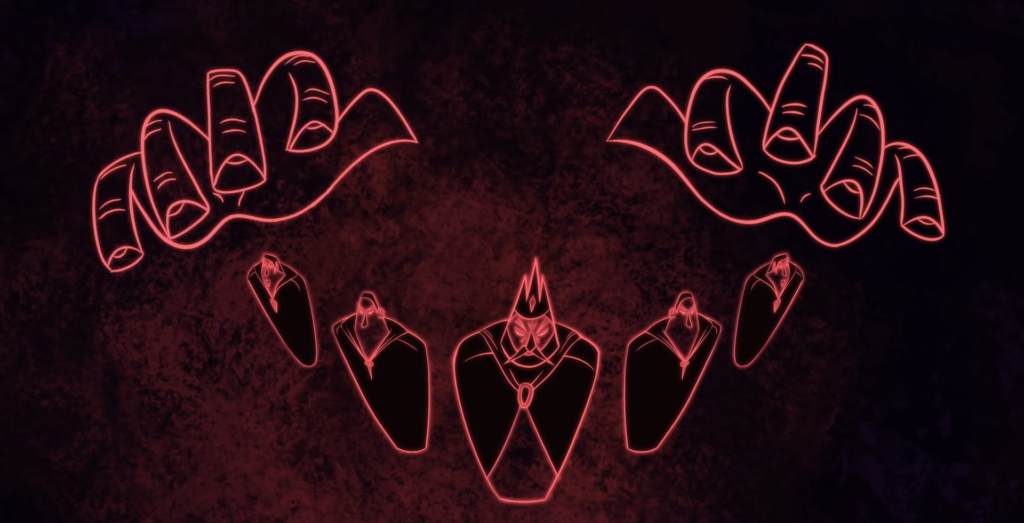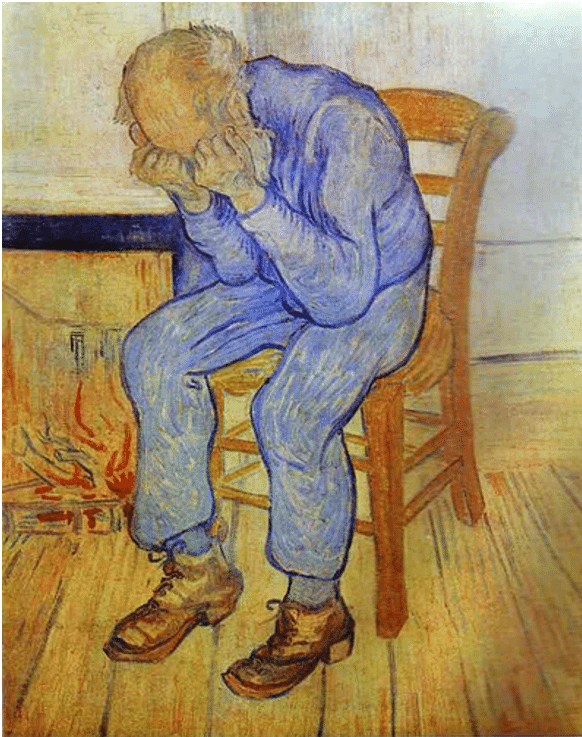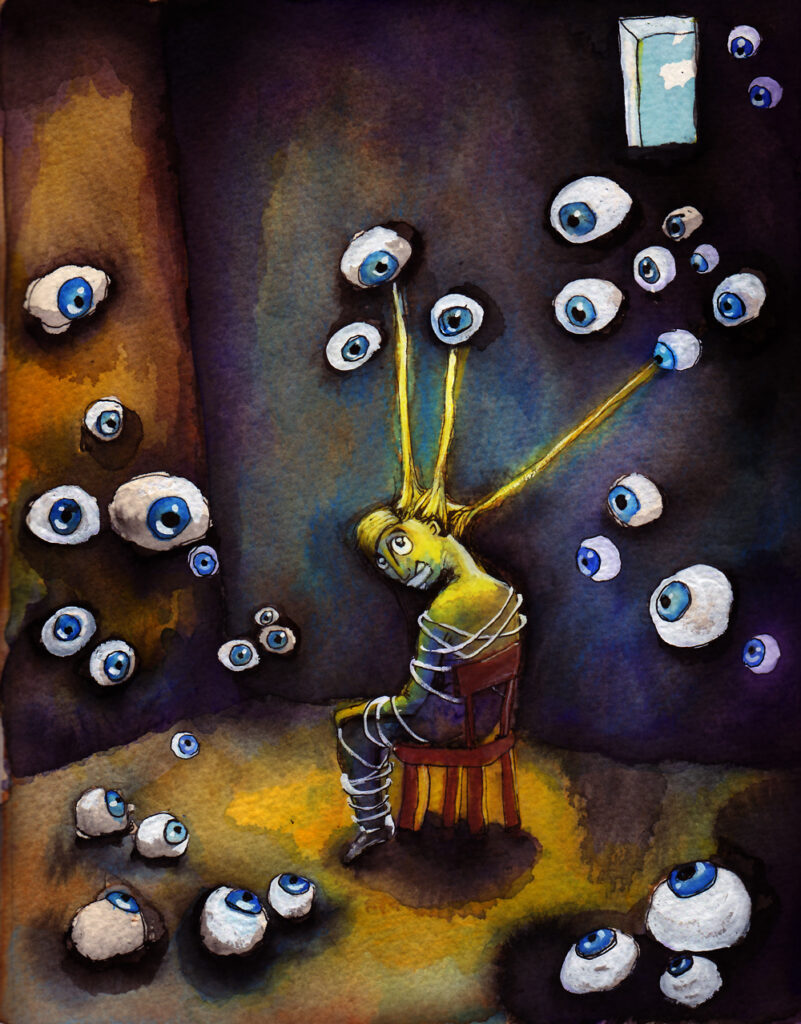What works in Socratic Debate
What works in the Socratic Debate? The Science of the Socratic Dialogue in Psychotherapy What works in the Socratic Debate? The Science of the Socratic Dialogue in Psychotherapy The Spanish Revelation: How to discover what works in the Socratic Debate Research Design, methodology and technology First, let’s picture the series of studies: Understanding the Spanish research design The two bars on top represent a flow of the therapy, with fragments of Socratic Debates happening during the course of treatment. These can be classified as total success (green), partial success (yellow) and failed (red). The case itself can be evaluated in terms of size effect, and be classified as globally succesful (green) or not (orange). It is possible to track both behavior change and verbal change, correlations between cognitive restructuring and behavior change and more. The green line parallel to both bars represent the therapeutic alliance health for example. It is important that the Socratic Debates happens nested in psychologically safe environments. Also, it can represent the most meaningful outcome monitoring metrics. The screen recording the elderly man (therapist) represents a system developed and validated, to accuratelly categorize functionally the behavior of the therapist. The other screen represents an analogous system to categorize the behavior of the client functionally. The third screen represents the INTER system to track the patterns between the two other systems. Jointly, these systems can track the interaction patterns that frequently lead to typical outcomes. What is targeted is the interaction patterns that are functionally selected for the therapeutic objectives. The Socratic Debate is one of many possible techniques to be studied within this design. Multiple studies conducted by the Madrid research group involved various sample sizes – typically 7-19 cases per study with 9-11 therapists across different investigations. In total, more than 186 hours of dialogue were recorded and analyzed. All those cases were recorded both audio and video taped. The therapy sessions were analyzed interaction by interaction using the SISC-INTER-CVT system (Froján-Parga, Montaño-Fidalgo, & Calero-Elvira, 2006, 2010; Virués-Ortega, Montaño-Fidalgo, Froján-Parga, & Calero-Elvira, 2011). They first developed the categories of behavior of each the therapists (Table 1) and clients (Table 2), then the relationships and frequencies of patterns of interactions (Table 3). The therapist behavior cattegories converged into 13 categories, the client’s to 15 cattegories. They validated the technology and methodology, which demonstrated high levels of inter- and intra-rater reliability, with Cohen’s Kappa coefficients consistently ranging from approximately .60 to .90 – considered “good” to “excellent”, to accurately classify the behaviors reaching up to 91% accuracy (Froján-Parga et al., 2008; Virués-Ortega et al., 2011; Ruiz-Sancho et al., 2013; Calero-Elvira et al., 2013). Then, once the behavior of each were functionally analyzed individually, a new software was linking the readings to understand the process of therapy: SISC-INTER-CVT (Froján-Parga et al., 2015; Alonso-Vega et al., 2022). Table 1: SISC-CVT – Therapist Verbal Behavior Categories (Froján-Parga et al., 2008; Virués-Ortega et al., 2011) Category Definition 1. Discriminative morphology (without direction) Therapist verbalization leading to client behavior without indicating desired response direction 2. Discriminative morphology (indicating direction) Therapist verbalization leading to client behavior while indicating desired response direction 3. Conversational discriminative morphology Questions asked to check client’s understanding during conversation 4. Low reinforcement morphology Utterances showing mild approval (e.g., “Good,” “Right”) in neutral tone 5. Medium reinforcement morphology Utterances showing moderate approval (e.g., “Very good!”) with emphasis 6. High reinforcement morphology Utterances showing strong approval (e.g., “Excellent!” “Great!”) 7. Conversational reinforcement morphology Low-intensity reinforcement during client speech to maintain talking 8. Punishment morphology Utterances showing disapproval, rejection, or non-acceptance of client behavior 9. Informative morphology Utterances conveying technical or clinical knowledge 10. Motivational morphology Utterances explaining consequences of client behavior for clinical change 11. Instructive morphology in session Utterances aimed at stimulating client behavior within clinical context 12. Instructive morphology outside session Utterances aimed at stimulating client behavior outside clinical context 13. Other Any therapist utterance not included in previous categories Table 2: SISC-CVC – Client Verbal Behavior Categories (Ruiz-Sancho et al., 2013; Calero-Elvira et al., 2013) Category Definition 1. Providing information Client verbalization providing therapist with descriptive information for evaluation/treatment 2. Requesting information Questions, comments, or requests for information from client to therapist 3. Showing agreement Client verbalization showing agreement, acceptance, or admiration for therapist’s utterances 4. Showing disagreement Client verbalization showing disagreement, disapproval, or rejection of therapist’s utterances 5. Well-being Client verbalization referring to satisfaction, happiness, or anticipation of well-being 6. Discomfort Client verbalization referring to suffering due to problematic behaviors or anticipation thereof 7. Achievement Client verbalization alluding to achieving therapeutic objectives or anticipation thereof 8. Failure Client verbalization alluding to failure in achieving therapeutic objectives or anticipation thereof 9. Compliance with in-session instructions Client verbalization implying total/partial compliance with immediate therapist instructions 10. Anticipation of out-of-session instruction compliance Client verbalization predicting task completion outside clinical context 11. Description of out-of-session instruction compliance Client verbalization describing completed tasks from previous sessions 12. Non-compliance with in-session instructions Client verbalization indicating non-compliance with immediate therapist instructions 13. Anticipation of out-of-session instruction non-compliance Client verbalization predicting non-completion of assigned tasks 14. Description of out-of-session instruction non-compliance Client verbalization describing non-completed tasks from previous sessions 15. Emotional reaction verbalization Client emission of emotional response with accompanying verbalization Table 3: Typical Interaction Patterns Identified by SISC-INTER (Froján-Parga et al., 2015; Alonso-Vega et al., 2022) Therapeutic Phase Most Frequent Patterns Description Assessment Discriminative → Providing Information → Low Reinforcement Therapist questions → Client provides relevant information → Therapist acknowledges Explanation Informative → Conversational Discriminative → Showing Agreement → Low Reinforcement Therapist explains → Checks understanding → Client agrees → Therapist confirms Treatment Instructional → Compliance/Non-compliance → Reinforcement/Punishment Therapist gives instructions → Client complies/doesn’t comply → Therapist responds accordingly Consolidation Discriminative → Achievement/Well-being → High Reinforcement Therapist inquires → Client reports progress → Therapist strongly reinforces Cross-phase Clinical Discriminative + Target Behavior + Positive Reinforcer Most repeated three-term pattern across all phases Effective Cases Discriminative Stimulus → Target Behavior (R² = 0.446) Strong predictive relationship in successful interventions Ineffective Cases Multiple scattered patterns with low predictability Numerous
What works in Socratic Debate Read More »
















